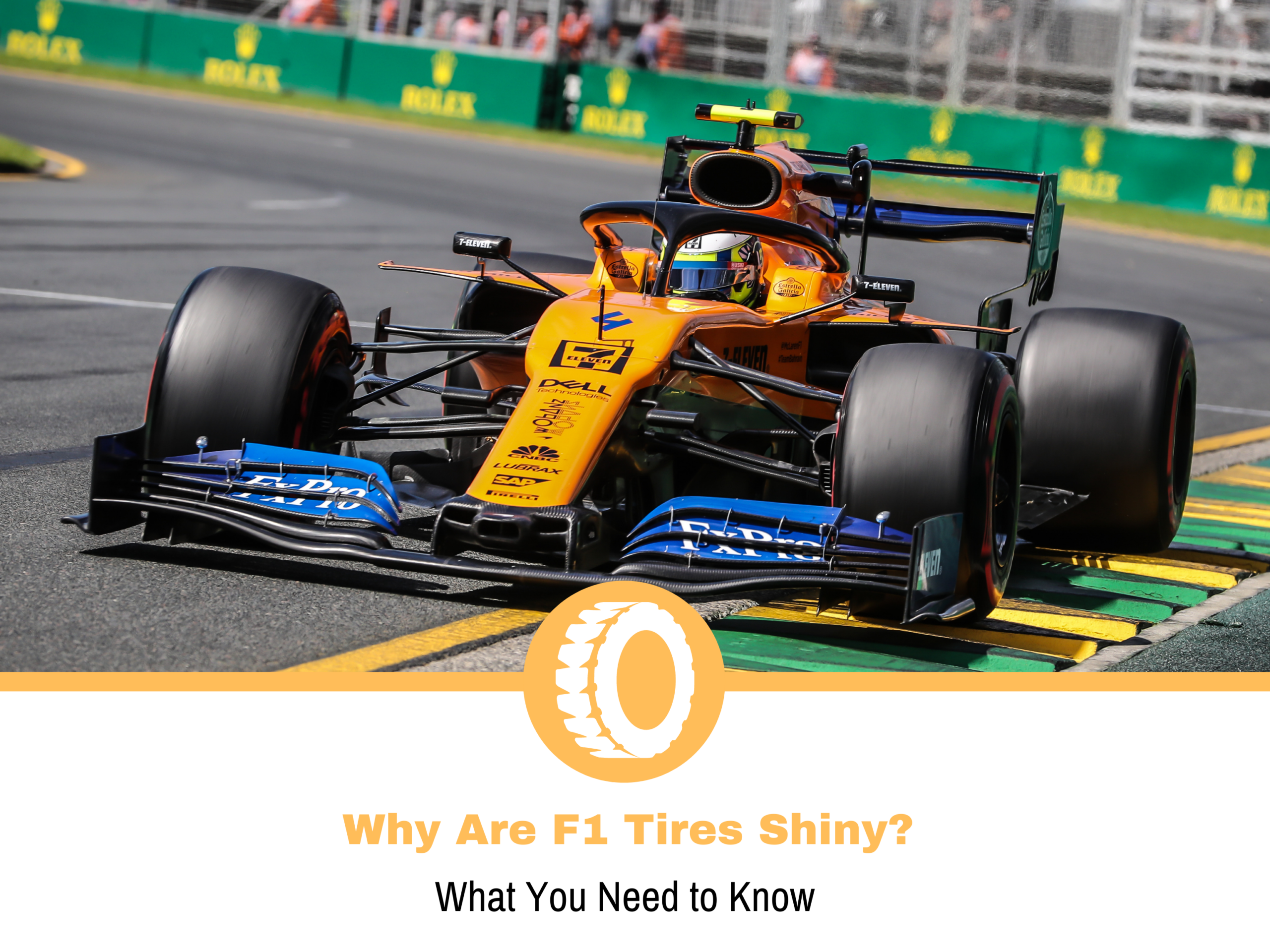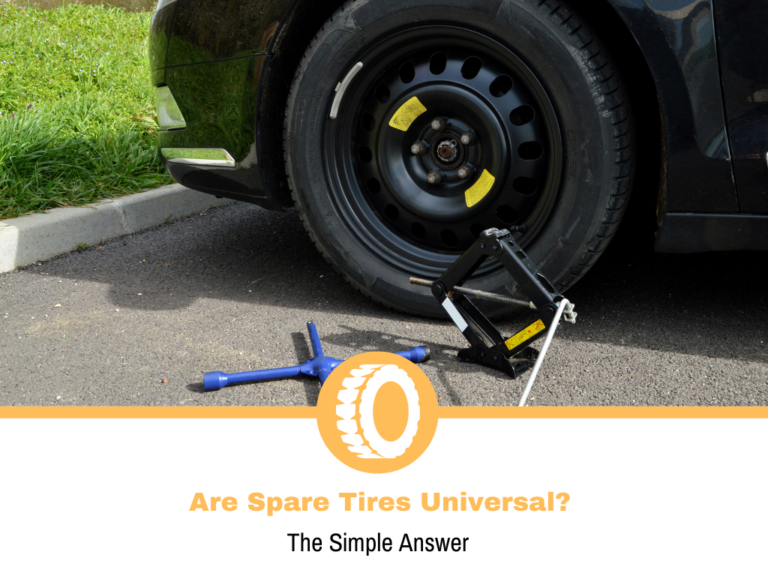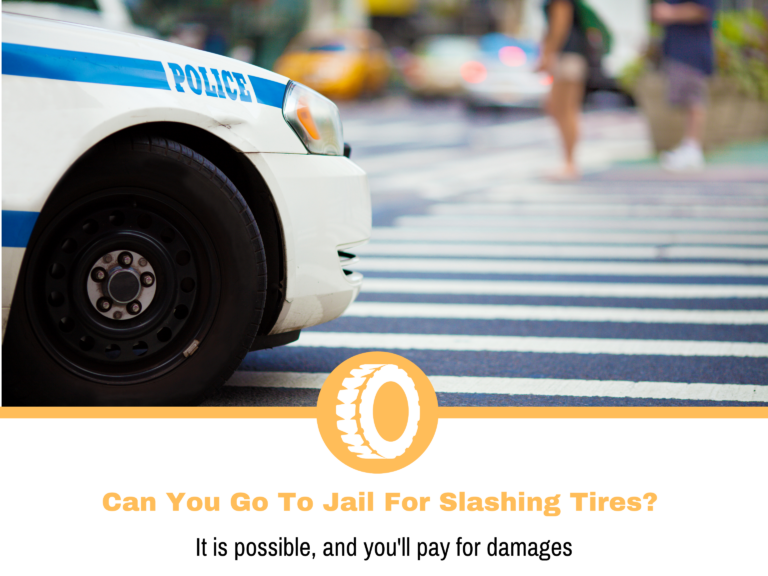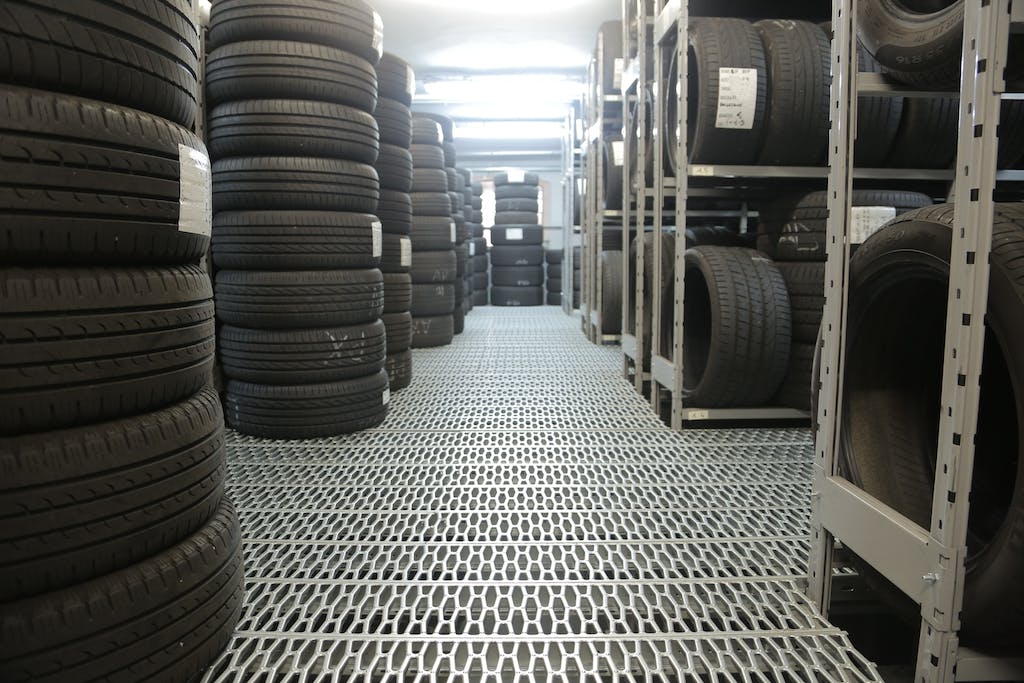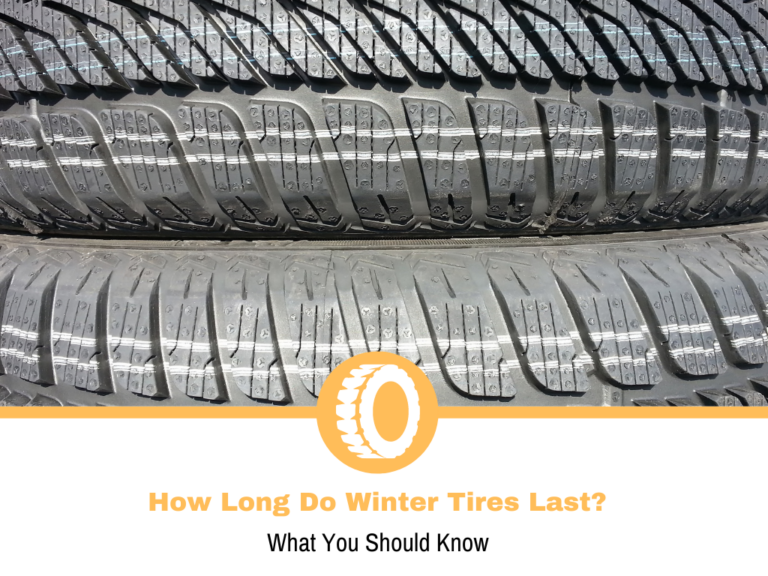Why Are F1 Tires Shiny?
New Pirelli Formula 1 tires were introduced in 2019 that have a glistening new design as a result of a new manufacturing technique that will help to eradicate defects in the rubber compound. In Barcelona, as the first pre-season test for the 2019 Formula One season began, the extra-shiny track surface became instantly apparent.
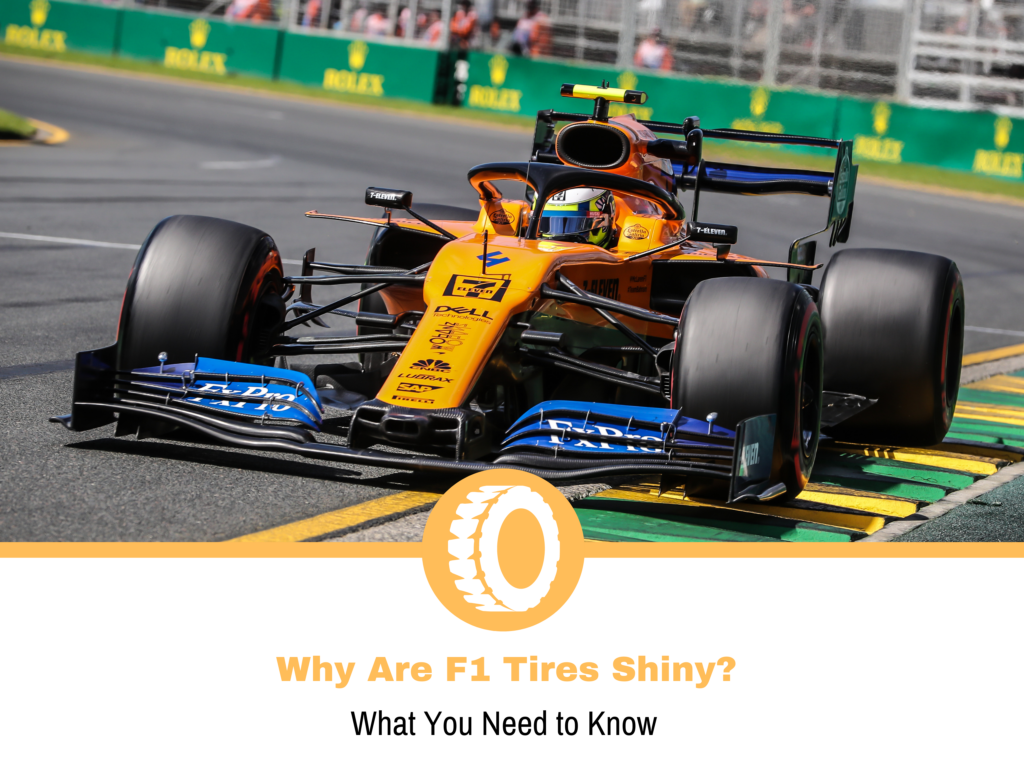
The change in appearance is a result of Pirelli converting its manufacture to utilize a chrome mold, which was done in order to ensure that its softest tires have a more lasting surface, as well as to improve the overall performance of the tires.
According to Mario Isola, Pirelli’s racing manager, “We are using new molds that have been treated with chromium.” In his statement, Isola noted that the fact that the surface was shiny did not mean that there was less grip when the fresh tires were used for the first time on the track.
To prepare for the 2019 season, Pirelli has made numerous upgrades to its tires, the most notable of which is their sparkling new appearance.
In addition, it has been found that a new intermediate compound will provide a higher working range to cover a wider variety of situations from dry to entirely wet, while the new construction and compound wet will be better able to resist aquaplaning in more extreme weather conditions.
Despite initial plans to limit blanket heating of the front tires to 176 degrees Fahrenheit (80°C), Pirelli and the teams have agreed to keep the temperature at 212 degrees Fahrenheit (100°C) throughout the event. Furthermore, the operational ranges of F1 tires in 2019 will be greater than those of the previous year in order to reduce the potential of overheating.
Formula 1 Tire
Five slick versions, one intermediate tire, and one wet weather tire are used in Formula One. There are a total of seven different tire compounds in use. Each race has three slick tires available, which are labeled as soft, medium, and hard, and each car is required to use at least two of those tires during a dry race in order to qualify. All of the tires are color-coded, with a white stripe indicating the hard, a yellow stripe indicating the medium, and a red stripe designating the soft tire.
The tires are available in a variety of softness, but the teams must strike a compromise between the need for soft, quick tires and the short lifespan that results from this, and the durability of the slower, harder tires. This balance is the foundation of the F1 tire strategy, and it is frequently the difference between a driver’s chances of success and failure in a race.
When an F1 car is traveling at maximum speed, the grooves in the wet tire allow it to disperse up to 65 liters of water every second. The intermediate tire, on the other hand, is more appropriate when there is rain but no standing water or when the track is damp. It serves as a transitional tire between slicks and a well-grooved rain tire, and it is more affordable.
When a driver qualifies in the top 10, he or she must start the race on the set of tires that they used to post their fastest time in Q2, giving the driver in 11th place the modest advantage of being allowed to start on whatever tire they choose.
Each driver receives 13 pairs of tires from Pirelli for each race weekend, and while Pirelli determines which three tire compounds will be used, the teams are free to choose how many of each compound they want to use in their cars. Teams must make their selections for flyaway races 14 weeks in advance, while for European races they must make their selections eight weeks before the race.
In order to make it easier for both Pirelli and the teams to plan ahead during a condensed and variable season, all drivers will receive two sets of hard tires, three sets of mediums, and eight sets of softs for at least the first eight races of the 2020 season.
How are Formula 1 Tires Formed?
Pirelli manufactures the F1 tires, which are themselves a feat of engineering in and of themselves. To begin, engineers perform research into various architectures and compounds in order to develop tires that satisfy the required standards. Computer simulations then allow them to develop tires that fulfill the required parameters. In the next stages, prototypes are created and tested under conditions that are far harsher than those that would be encountered during a race. After that, the tires are put through their paces on a race circuit before being put into production.
The detailed manufacturing process of Formula 1 or F1 tires is still classified and hidden to the general eye, however, like specialized tires, the initial step in the process is the production of the bead wire and carcass of the tire, which takes place at the same time as the production of the belt and tread. The tire is then subjected to vulcanization, which entails placing it in an oven and heating it to a temperature that defines the features of the compound used to make it. Natural rubber, synthetic rubber, and other artificial fibers are used in the construction of the tires, which are designed to last for a long time.
Each tire goes through a rigorous quality control process that includes visual inspections, x-ray scans, and weight checks. For destructive tests, a random sample is selected to see how the tire responds when put under pressure. Each tire also has its own unique barcode, which allows it to be traced from the time it was manufactured to the team that received it and the number of laps it completes on the circuit. For each tire, the entire manufacturing process takes around five hours to complete.
Nitrogen is used to fill F1 tires because it is more stable than air and acts reliably even when the temperature varies significantly.
What is a Formula Tire Made Of?
The huge, meaty air and rubber bubbles are vital parts of a Formula 1 race car, giving full track contact while the bead is where the tire meets the wheel, the sidewall, and the contact patch.
In order to hold the wheel, the bead uses steel bands inserted in the rubber. In high friction situations, ridges built into the rubber aid hold the wheel, preventing tire slippage and spinning. The sidewall is constructed of 100% rubber. It’s designed to flex. The contact patch is the part that really meets the road, therefore it needs to be durable (but not rigid). It has thin steel bands.
Why do Formula One Tires Have No Treads?
You’ve probably seen the lack of tread on an F1 tire and wondered why it is thus. At first look, it appears to be a rare concept, mostly since having no tread on your tires is considered exceedingly unsafe in on-road vehicles.
When it comes to F1 tires, there are no treads since it provides superior grip with the track surface in dry weather. The improved grip makes the car more stable, which is important in a competition like Formula One where stability is critical. Teams, on the other hand, will frequently choose tires with treads while it is raining.
F1 tires are devoid of treads because it improves their capacity to perform throughout a race. Tires with no treads are significantly faster than tires with tread. Furthermore, the softer the rubber, the faster the car will be able to accelerate.
The Different Types of Slick Formula One Tires
Pirelli, the company that manufactures the tires for Formula One, produces five different compositions for their slick tires. This is divided into five categories, with C1 being the hardest and C5 being the softest. They will choose three of these specific compounds for the race weekend, and the lowest of the three will be designated as the hard tire for the race weekend, while the highest will be designated as the soft tire. The medium compound will be the compound that lies in the middle of the two other compounds.
During the race, a driver will be required to use at least two different tire compounds, however, this does not include the tires that will be used in rainy weather. During a race, a driver may begin with the soft compound and then come into the pits and switch to the hard compound to finish the race.
Each compound has its own set of advantages and disadvantages. It is vital to emphasize that the issue of durability is a major concern. This is due to the fact that the more frequently you have to stop in the pits to change your tires, the more time you lose. Pit stops often last between 20 and 30 seconds, which can make a significant impact on the outcome of an F1 race.
Conclusion
As a result of using a chrome mold to make its softest tires, Pirelli’s appearance has changed. F1 tires have no treads to increase speed. The more rubber contacts the tarmac, the greater traction, speed, and ability to corner. Using no-tread tires makes sense in a sport where the goal is to make the cars go as quickly as possible.
But when it rains, the treads emerge. In wet conditions, F1 vehicles cannot drive without changing tires because water disrupts the tire-track interaction. Tire treads assist displace water, allowing tires to grip and keep cars on track.
